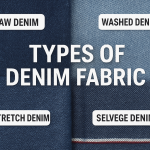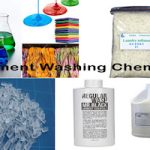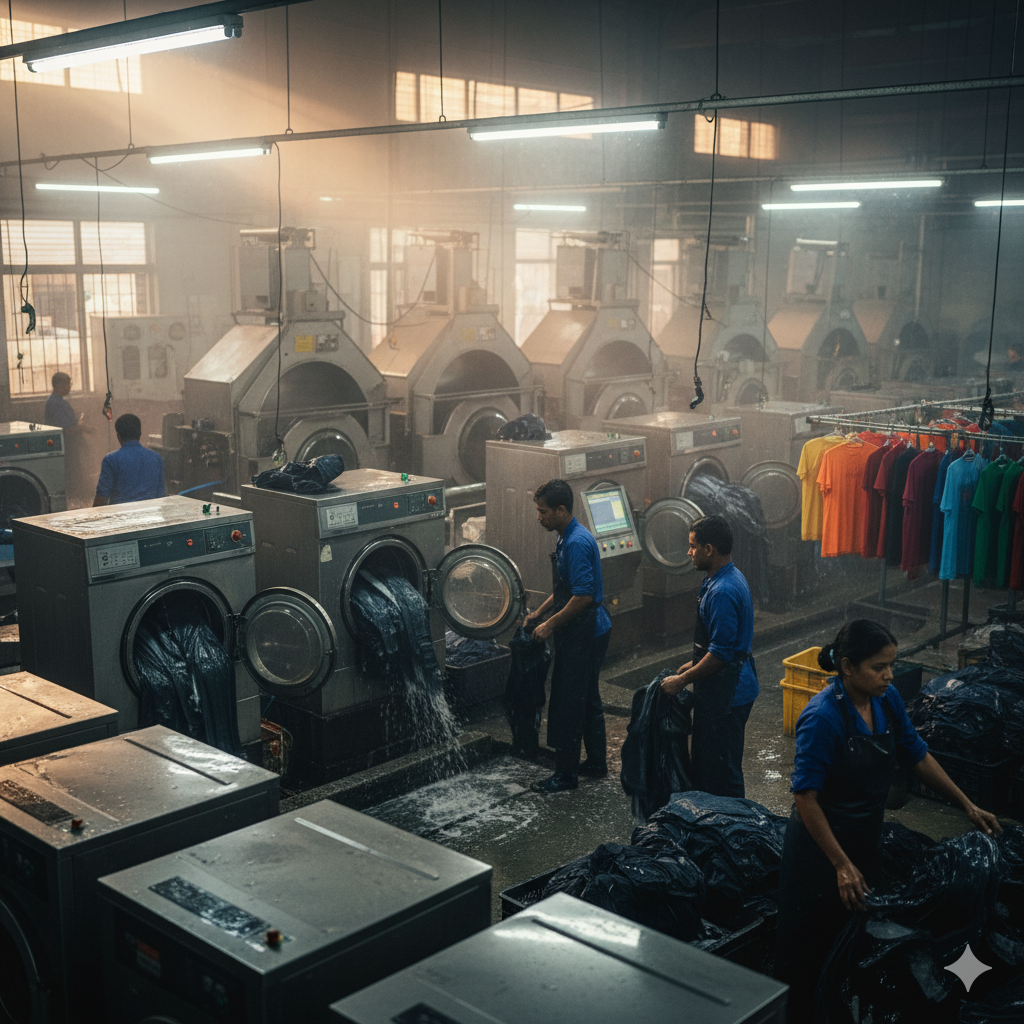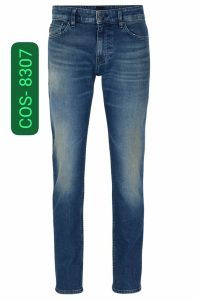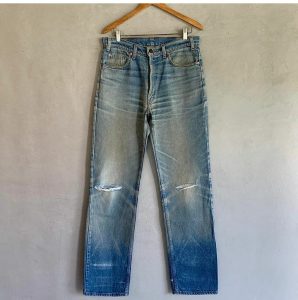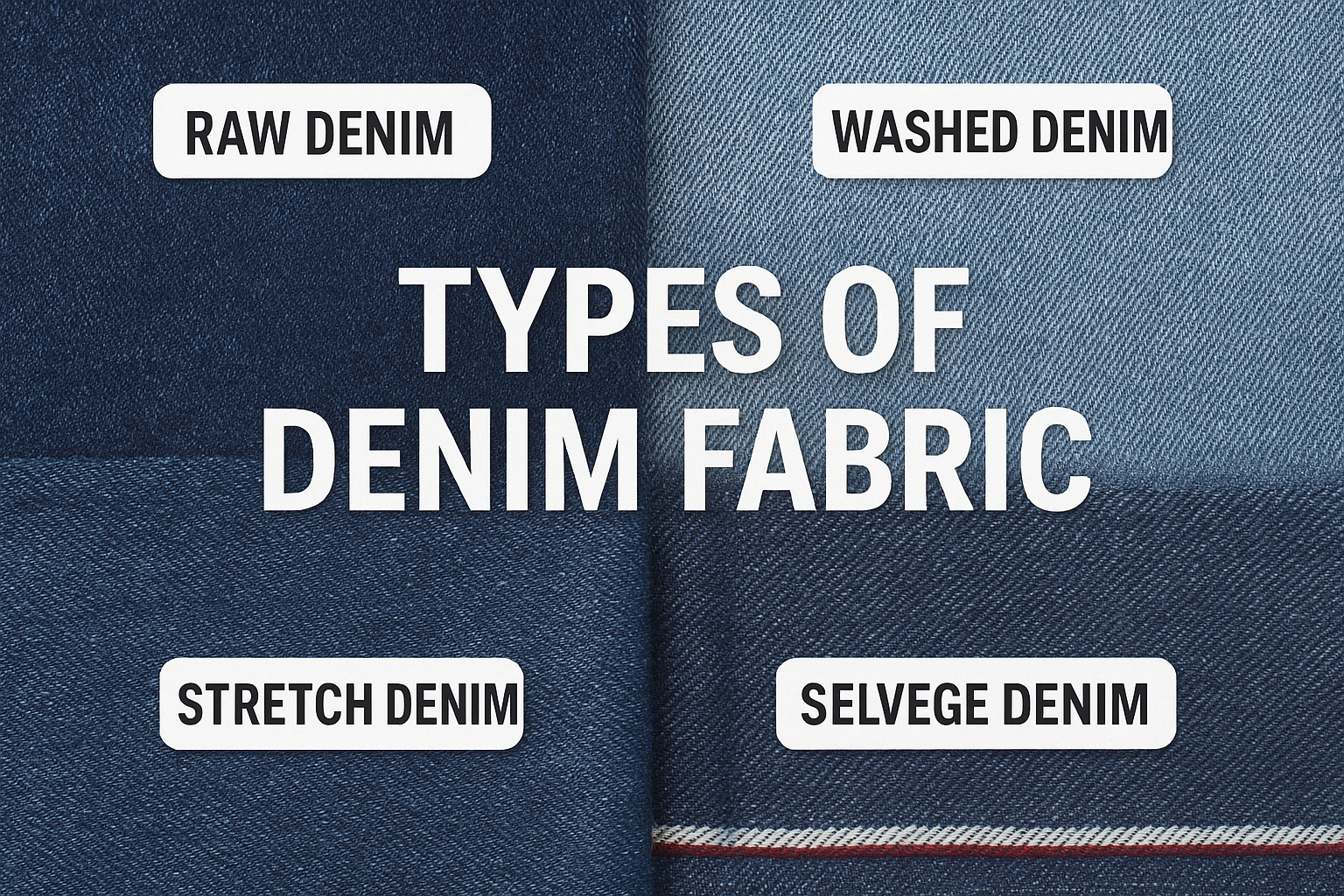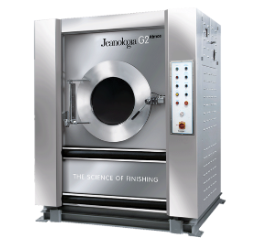1. Introduction
The garment industry is the backbone of Bangladesh’s economy, contributing over 80% of the country’s export earnings. Among the different segments of garment manufacturing, the washing process plays a crucial role in adding value, improving aesthetics, and ensuring product quality—especially in denim and woven garments.
Over the years, Bangladesh has evolved into a global hub for apparel production. However, the international market has increasingly emphasized not only product quality and cost but also ethical production, worker rights, and environmental sustainability. Therefore, a modern Bangladeshi washing factory today must ensure that every stage of its production aligns with 100% human rights compliance, adhering to international standards set by the ILO (International Labour Organization), Accord, Alliance, and BGMEA (Bangladesh Garment Manufacturers and Exporters Association).
This report provides an in-depth analysis of the washing process in Bangladeshi garment factories, with a special focus on how human rights, safety, and ethical standards are fully maintained in every step of production.
2. Importance of the Washing Process in the Garment Industry
The washing process is one of the most vital stages in garment production. It determines the look, feel, color tone, comfort, and durability of the final product. Especially in denim garments, washing defines the brand’s identity — from vintage to modern faded effects.
Key Objectives of Garment Washing:
-
To improve softness and comfort.
-
To remove impurities, starch, or sizing materials.
-
To achieve desired color fading or special effects.
-
To improve shrinkage control and dimensional stability.
-
To enhance the garment’s aesthetic appeal and market value.
Types of Garments Washed in Bangladesh:
-
Denim jeans and jackets
-
Twill and canvas pants
-
Shirts, skirts, and casual wear
-
Knit garments for softness and finish
3. Step-by-Step Washing Process
A standard washing process in a compliant Bangladeshi garment factory involves several stages, each following strict quality and ethical standards.
3.1. Pre-Production Stage
Before washing begins, several steps are carried out:
-
Fabric Testing: Checking for shrinkage, color fastness, and pH balance.
-
Garment Inspection: Identifying stitching defects, trims, and labeling to ensure safety.
-
Chemical and Material Safety Assessment: Ensuring all chemicals are approved under ZDHC (Zero Discharge of Hazardous Chemicals) guidelines.
Workers in this stage are trained to handle garments safely, and protective gear is provided to prevent chemical exposure.
3.2. Loading and Washing
-
Garments are loaded into industrial washing machines with a specific water ratio and temperature setting.
-
Washing agents may include detergents, softeners, enzymes, or stones (for stone wash).
-
In human rights–compliant factories, automatic dosing systems are used to minimize worker contact with chemicals.
-
Proper ventilation, chemical labeling, and safety data sheets (MSDS) are mandatory.
3.3. Rinsing
After washing, garments are rinsed several times to remove any residues.
The rinse water is treated in Effluent Treatment Plants (ETP) to ensure no harmful discharge into the environment.
3.4. Enzyme or Stone Washing
Depending on the buyer’s requirements, garments may go through:
-
Enzyme wash: Uses bio-enzymes instead of harsh chemicals for an eco-friendly finish.
-
Stone wash: Creates a worn-out look using pumice stones, but advanced factories now use synthetic stones to reduce injury risk and dust pollution.
All workers involved in this process wear gloves, masks, and eye protection, following occupational safety standards.
3.5. Bleaching -If Required (As per Buyer Approval).
Bleaching is used for lighter shades or fade effects.
Instead of traditional chlorine bleach (which is hazardous), compliant factories use hydrogen peroxide or ozone technology — both safe and eco-friendly alternatives.
Chemical handlers receive Hazardous Material Training (HAZMAT) and have access to emergency eye-wash stations.
3.6. Neutralization
After bleaching, garments are neutralized using mild acids or anti-chlor agents to balance the pH level.
This prevents skin irritation and ensures the fabric remains safe for end consumers.
3.7. Softening and Finishing
Softening improves the hand feel and comfort of garments.
Factories use non-toxic, biodegradable softeners that meet REACH and OEKO-TEX standards.
Workers ensure even distribution and monitor the process using temperature-controlled systems.
3.8. Drying
Garments are dried using:
-
Tumble dryers
-
Hydro extractors
-
Oven dryers
Temperature is carefully controlled to avoid fabric damage. Workers handling dryers are trained to prevent burns or heat-related risks. Fire safety systems, extinguishers, and sprinklers are mandatory under Accord/Alliance requirements.
3.9. Quality Inspection and Finishing
After drying, garments undergo:
-
Visual inspection
-
Measurement checks
-
Defect rectification
-
Packaging
Workers in this stage are provided with ergonomic seating, proper lighting, and scheduled rest breaks to prevent fatigue.
4. Machines and Chemicals Used
Machinery
-
Industrial Washer (Front Loading)
-
Hydro Extractor
-
Tumble Dryer
-
Ozone Washing Machine
-
Laser Machine (for denim effects)
-
Steam Generator
-
Water Recycling System
Chemicals (Eco-Friendly and Approved)
-
Detergent (non-ionic)
-
Enzymes (cellulase, amylase)
-
Softener (silicone-based)
-
Anti-back staining agent
-
Hydrogen peroxide (for bleaching)
-
Acetic acid (for neutralizing)
All chemicals must be certified under ZDHC, GOTS, and BLUESIGN standards. Chemical storage areas have proper labeling, spill control kits, and emergency ventilation systems.
5. Environmental Management
A truly compliant factory not only respects human rights but also protects the environment.
5.1. Effluent Treatment Plant (ETP)
All wastewater generated from washing is treated through physical, chemical, and biological processes to meet DOE (Department of Environment) standards before discharge.
5.2. Water Recycling
Factories use Reverse Osmosis (RO) systems to reuse 60–80% of water, reducing waste and cost.
5.3. Energy Efficiency
Energy-efficient motors, steam recovery systems, and solar heating panels are increasingly used in modern facilities.
5.4. Chemical Management
Factories maintain strict Chemical Inventory Systems and follow Material Safety Data Sheets (MSDS) for every product. Workers are trained to handle and dispose of chemicals safely.
6. Human Rights and Legal Framework
Human rights compliance in the washing process means that every worker is treated fairly, works safely, and receives all legal benefits.
6.1. Core Human Rights Principles
-
No child labor
-
No forced or bonded labor
-
Freedom of association and collective bargaining
-
Safe and hygienic working conditions
-
Fair wages and regular working hours
-
Non-discrimination in employment
-
Access to grievance mechanisms
6.2. Compliance Standards Followed
-
ILO Conventions (No. 138, 182, 87, 98, etc.)
-
Bangladesh Labour Act 2006 (amended 2018)
-
Accord on Fire and Building Safety in Bangladesh
-
Alliance for Bangladesh Worker Safety
-
BGMEA Code of Conduct
6.3. Monitoring and Auditing
Factories are regularly audited by buyers, NGOs, and third-party compliance agencies (e.g., SGS, Bureau Veritas, Intertek) to ensure full adherence to labor and environmental standards.
7. Worker Safety and Welfare
A 100% human rights–compliant washing factory ensures that its workers’ health, dignity, and welfare are prioritized.
7.1. Occupational Safety
-
Fire extinguishers, sprinklers, and alarms in every washing zone.
-
PPE (gloves, goggles, masks, aprons, boots) mandatory.
-
Regular training on emergency evacuation and first aid.
-
Chemical spill kits and eyewash stations available.
7.2. Worker Welfare Facilities
-
On-site medical clinics with certified doctors.
-
Childcare centers for working mothers.
-
Pure drinking water, canteens, and hygienic toilets.
-
Transportation and attendance bonuses.
-
Free uniforms and safety gear.
7.3. Fair Wages and Working Hours
-
Wages are paid through bank accounts (no cash exploitation).
-
Overtime follows legal limits and is paid at double rate.
-
Workers receive weekly holidays and paid annual leave.
7.4. Gender Equality
Many washing sections in Bangladesh now have female supervisors and managers, ensuring inclusivity and gender empowerment in leadership roles.
8. Sustainable and Modern Washing Technologies
To reduce environmental and social impacts, factories are adopting green washing technologies, such as:
-
Ozone Washing: Uses ozone gas instead of chemicals for bleaching. Reduces water and energy use by 50%.
-
Laser Fading: Creates design patterns without stones or sandblasting, eliminating worker health risks.
-
Enzyme Wash: Replaces harsh chemicals with biodegradable enzymes.
-
Waterless Washing: Uses nano-bubble or CO₂ washing systems to save 90% water.
-
E-flow and Nebulization Technology: Applies chemicals through air mist, reducing waste and improving worker safety.
These innovations align with the United Nations Sustainable Development Goals (SDGs) — especially SDG 8 (Decent Work), SDG 12 (Responsible Consumption and Production), and SDG 13 (Climate Action).
9. Challenges and Future Prospects
9.1. Current Challenges
-
High cost of ETP and renewable technology maintenance.
-
Limited awareness among small factories.
-
Pressure from global buyers for low prices while maintaining compliance.
-
Continuous need for worker training and retraining.
9.2. Future Prospects
-
Greater investment in automation and green washing units.
-
Enhanced collaboration between brands and local factories for shared compliance responsibility.
-
Digital monitoring of working conditions and chemical usage.
-
Expansion of LEED-certified washing plants in Bangladesh.
The combination of ethical business, sustainability, and technology will help Bangladesh retain its position as the world’s second-largest apparel exporter.
10. Conclusion
The washing process in Bangladesh’s garment factories is no longer just about improving garment aesthetics—it has evolved into a symbol of responsible manufacturing.
A factory that ensures 100% human rights compliance reflects not only its commitment to workers’ dignity and safety but also its readiness to meet global standards for sustainability and ethical production.
By combining advanced washing technology, eco-friendly practices, and robust human resource policies, Bangladesh is setting an example for the world in balancing industrial growth with human and environmental well-being.
In the coming years, continued collaboration between factory owners, buyers, and regulators will ensure that every garment “Made in Bangladesh” carries not just quality—but honor, respect, and humanity behind every stitch and wash.

